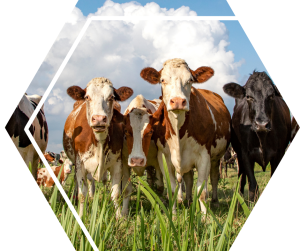Methane & Cattle: A Climate Connection
In this task, students explore how biological processes within a cow’s digestive system lead to the production of methane, a greenhouse gas. Students examine how ruminant animals, such as cattle, break down plant materials through microbial fermentation, the role methanogenic microbes play, and how methane released into the atmosphere traps heat and can alter climate conditions.
Disciplinary Core Ideas
LS1.C: Organization for Matter and Energy Flow in Organisms (HS)
- The process of cellular respiration is a key mechanism in which energy and matter are transformed within living organisms. Organisms break down food to obtain energy and building materials, which are then cycled through systems.
Science and Engineering Practices
Developing and Using Models (HS)
- Develop and use models based on evidence to illustrate the relationships between systems or between components of a system. Models can help explain phenomena, analyze systems, and make predictions.
Crosscutting Concepts
Energy and Matter: Flows, Cycles, and Conservation (HS)
- Tracking energy and matter flows into, out of, and within systems helps one understand the behavior of both natural and designed systems. Energy and matter cannot be created or destroyed—only moved between places and forms.

